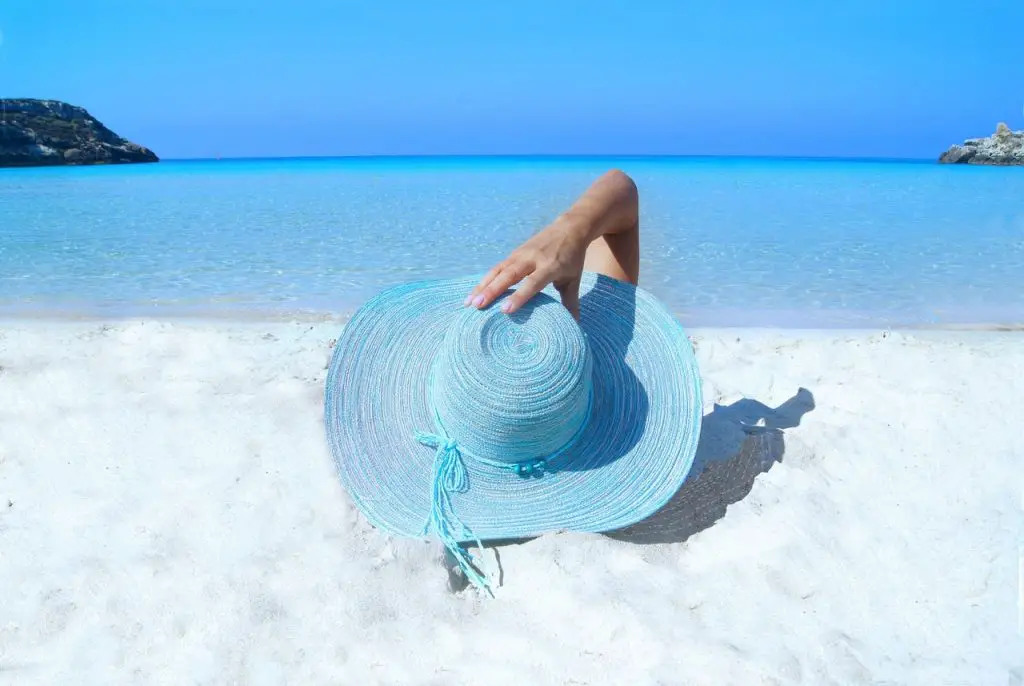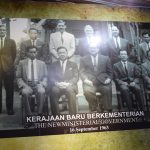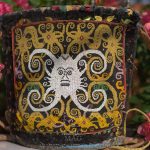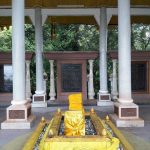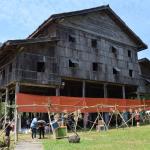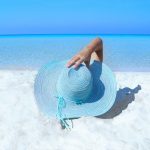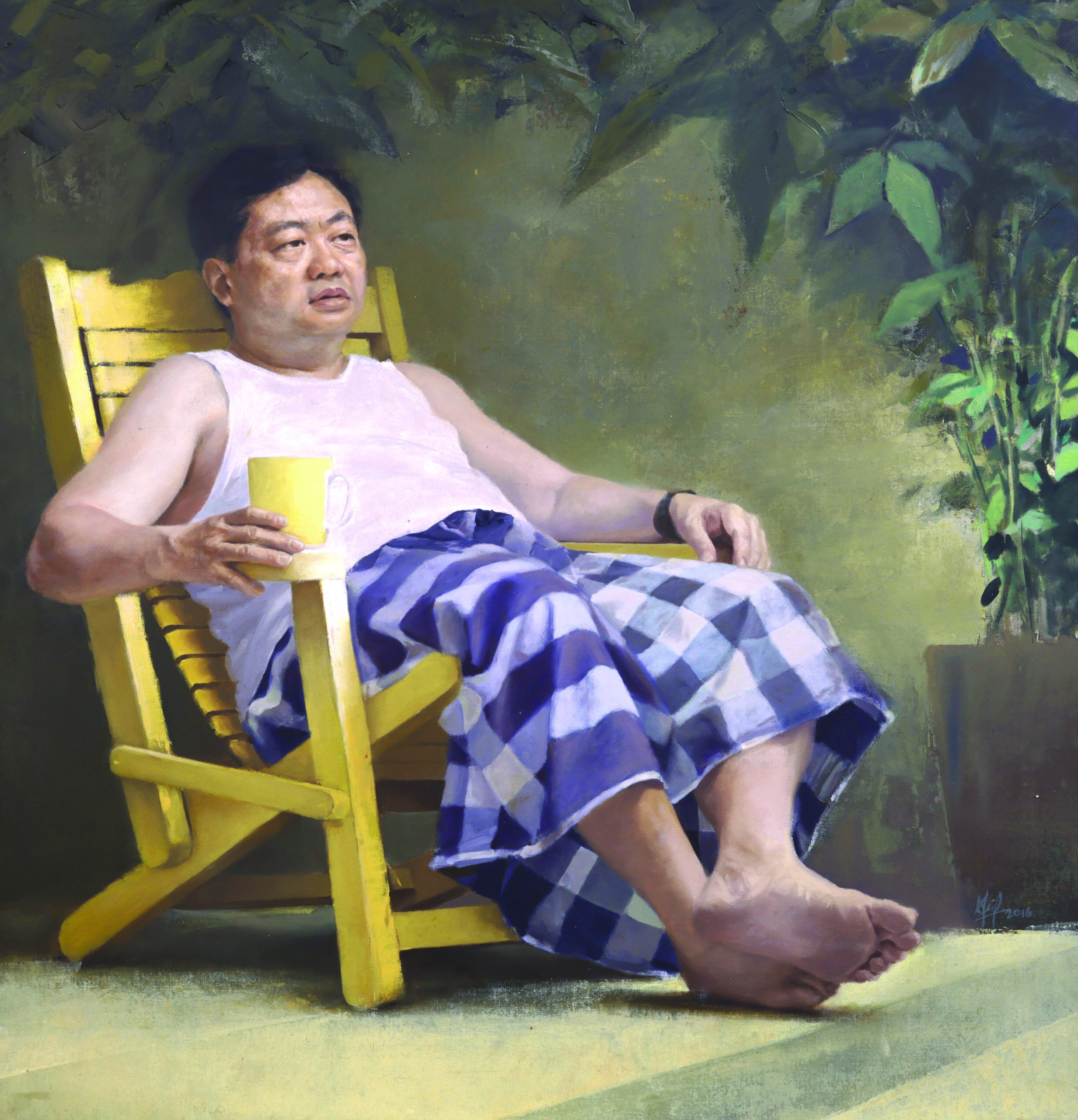Look no further as these are the island hopping essentials that you have been looking for!
Packing for your vacation can be stressful at times. Even more so if you have no idea what to expect.
On one hand, you do not want to pack too much that you look like you’re moving to another country.
On the other hand, you don’t want to end up saying, “Shoot, I forgot to bring this!”
Even after you reach your tropical destination, another dilemma which comes to mind is what to pack for a day out in the sun island-hopping.

Fret not, here are your ultimate island hopping essentials for your vacation in any tropical countries:
1. Drybag
Your important stuff like your wallet and smartphone will thank you for this.
There is a wide range of sizes available. But small drybag that is large enough for your wallet and smartphone is good enough.
Fold the top closure at least three times to ensure your bag is watertight.
2. Beach hat
Besides a fashion item, a hat is essential for sun protection.
For ladies, the best one out there must be a wide brimmed beach hat.
Not only does it block out more sun, it also gives off a more elegant vibe than your usual beach hat.
3.Sunscreen
Do you know that according to American Academy of Dermatology Association, sunscreen use can help prevent skin cancer by protecting you from the sun’s harmful ultraviolet (UV) rays?
Hence, sunscreen or sunblock is definitely a must for your island hopping essentials.
It does not matter if it is a lotion, spray or gel, as long as it is able to reflects ultraviolet radiation and protect your skin from sunburn. Don’t forget to reapply every two hours.
4. Spare towel
A small spare towel comes handy when you need to quick dry your body in between island visits.

5. Mat
While some of the islands you visit might offer lounging chairs for you to relax, they are always limited in numbers.
So the best is to bring your own mat and lie down on the beach while feeling the sand between your toes.
6. Water/ Snacks
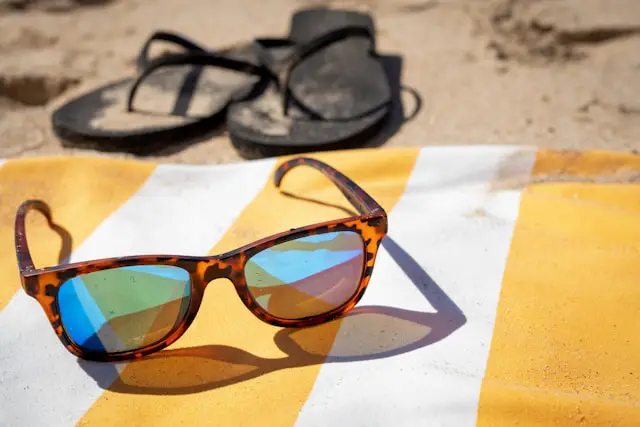
The tropical sun has no mercy when comes to dehydration. You will enjoy your island hopping trip even more if you stay hydrated.
Pack some even when you sign up for a tour package which include drinking water.
There is no such thing as too much when comes to drinking water.
Just in case you are starving after all those swimming, pack up some snacks too.
7. Insect repellent
Shoo away those nasty bloodsucking sandflies and mosquitoes with insect repellent.
The best trick is one of those waterproof insect-repelling bracelets which means you won’t have to keep reapplying repellent between your swims.
8. Shades
Apart from protecting your skin with sunscreen, don’t forget to protect your eyes too.
Do not just pick a pair of sunglasses because you like how the glasses look on you. Opt for the one comes with polarised lenses.
It can help to eliminate sun glare and subsequently reduce eye fatigue.
9. Swimming gear
If you are not keen to rent swimming gear, you can always bring your own.
Pack up a pair of swimming goggles, snorkeling mask or even a pair of swimfins.
When it comes to safety, most water transport providers or tour operators should provide you a life jacket by law.
10. Waterproof Cellphone Case
The best part of having a waterproof cellphone case is you can take photos while swimming at the beach.
There is no need for one of those expensive sports cameras, and of course, it cuts out the added worry.
No matter where you go; be it in Thailand or the Caribbean, make sure you don’t forget these island hopping essentials!

